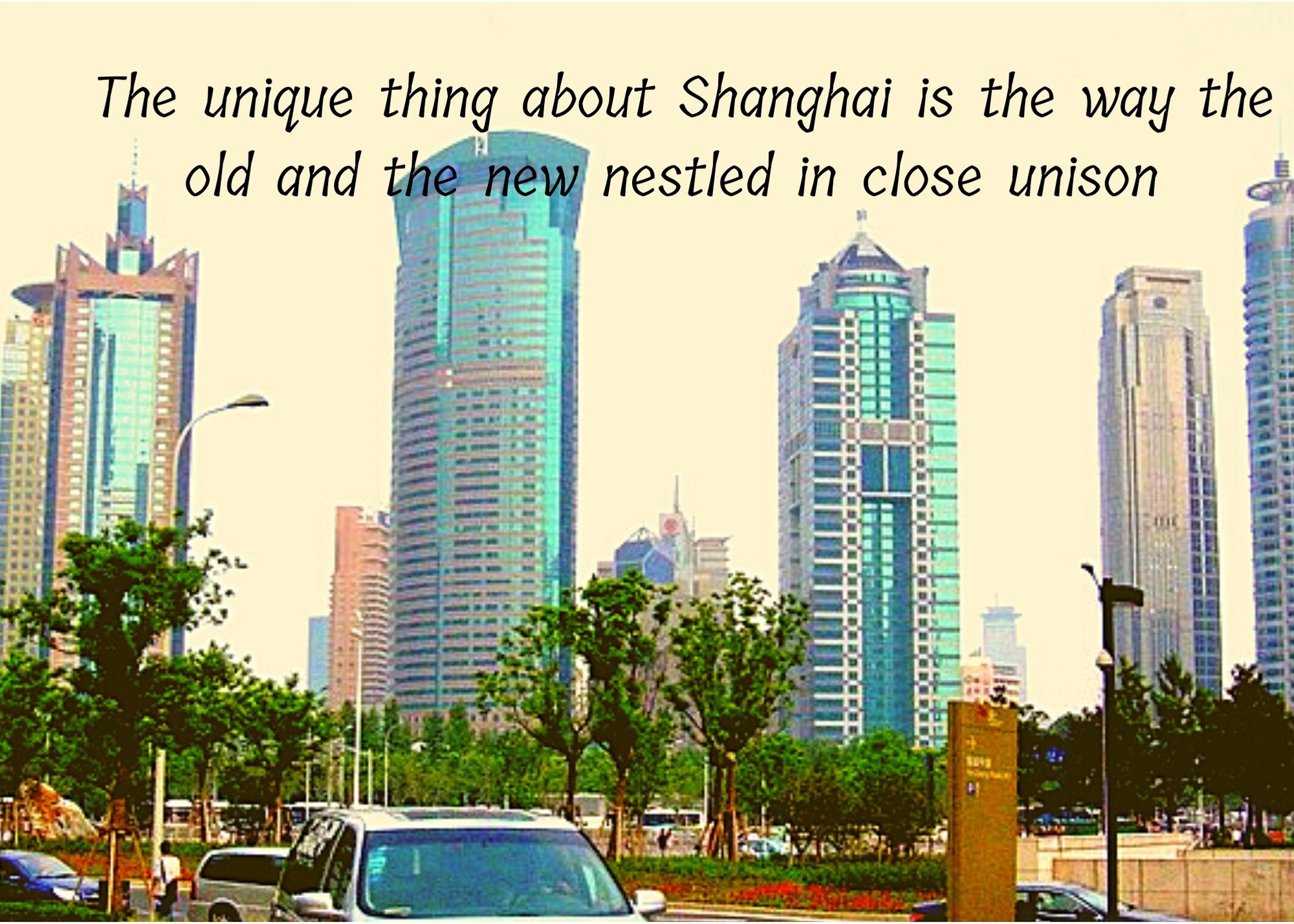Reading Time: 13 minutes
In the tenth part, Mitali tells us about Shanghai, tracing its antiquity and contemporaneity, with flashbacks and flashforwards to the recent incident at Capitol Hill in the US, graveyard for dead fishes and more. An exclusive for Different Truths.
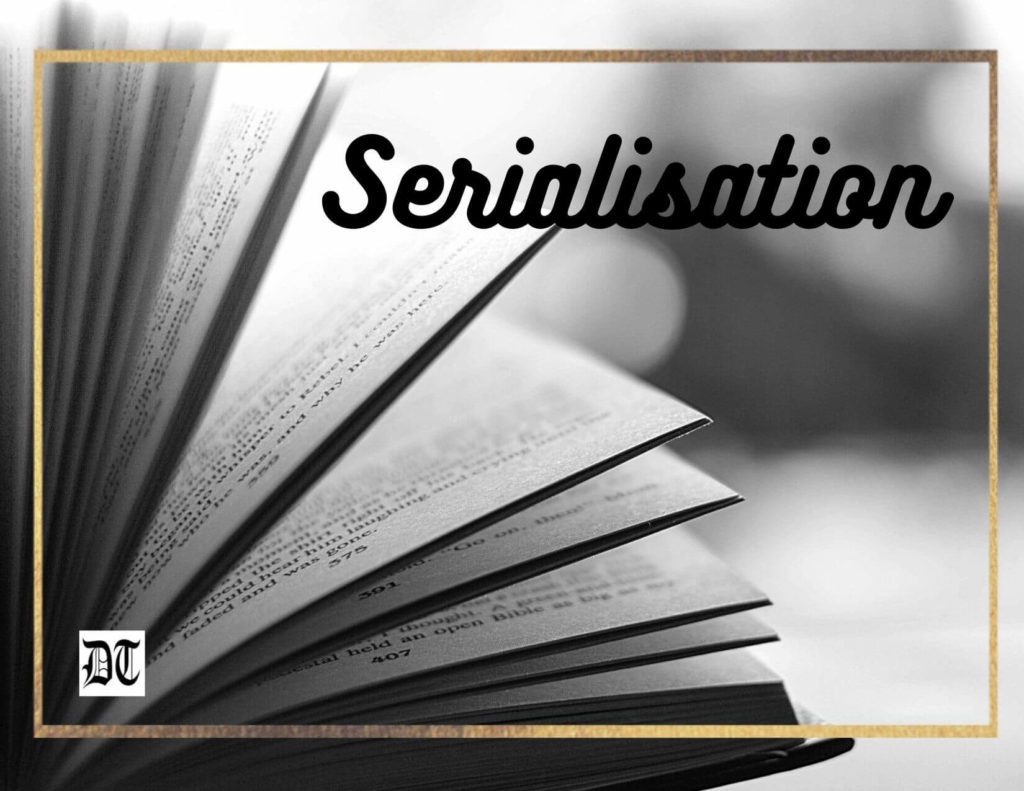
Shanghai — Shanghai1 for some reason was a town reminiscent of oriental culture and jazz. It was the town in an ancient country with an important role in recent history. People said that if someone wanted to experience five thousand years of history, Xian was the place to visit; five hundred years of antiquity, Beijing was the right spot and for the last fifty years, Shanghai had been the centre of all theatricals – though technically, it goes back further. The spirit of the town brought to mind the era of the Great Gatsby — a sense of cultured hedonism coupled with a daredevil spirit to succeed. We would drive from Suzhou and within a few hours we would be there – not just to catch international flights but also to get a whiff of a snazzy city with not too ancient a history.
A skyline reminiscent of Coruscant from Star Wars captured my imagination. Shanghai, like it’s movie counterpart, was essentially a cosmopolitan city with people of varied origin.
A skyline reminiscent of Coruscant2 from Star Wars captured my imagination. Shanghai, like it’s movie counterpart, was essentially a cosmopolitan city with people of varied origin. It historically reminded me of Calcutta3. Both port cities that were developed as trading zones by the colonials and as a result, both had a very mixed population. Though Calcutta was colonised fully by the British eventually.
Shanghai was only the town where all the colonials resided4 – they had no suzerainty on the country. China escaped the throes of colonialism5. But, after the end of the first Opium War (1839-42)6, China signed a treaty with the British to allow uninterrupted foreign trade. And more trade after the second Opium War (1856-60). Then it fell to the Japanese5 for some time, while Sun Yat Sen’s Kuomintang7 which had come into power with the help of warlords8 fought against the communists who were coming up in a big way under Mao. Pearl S Buck’s Three Daughters of Madame Liang9 is partly set under this regime. Ultimately, Chiang Kai Sheikh who replaced Sun, escaped to Taiwan to set up the Nationalist Party10 and the infamous reign of white terror11 ensued while Mao closed the country to outsiders and redefined history with his Red Guards and re-education camps12. Shanghai was the only place where I found this phase of world history tucked into a tiny museum housed in the basement of a private estate.
The Propaganda Museum13 nestled in a couple of rooms in a condominium. They had posters from the cultural revolution12… propaganda posters. They also had copies of Mao’s books, especially the little Red Book that was used like the Bible by the Red Guards. We saw books that were used to teach English. They were written in praise of Mao and his policies in simple English. Posters of Fidel Castro, Lenin, Stalin and a host of other world leaders stared out of the walls. Some depicted the happy faces of the Red Guards and Mao Tze Tung. The Red Guards wrecked and broke artifacts and ancient buildings and slaughtered the rich34. But were the members really happy? In the diorama of the Red Guards in the Tiananmen Square in Beijing14, the sculptures looked angry. Did they get the country they wanted, or did they only realise their leader’s vision and make him happy?
In USA, absurdity peaked when the Trump administration had gone on strike against themselves and the recent attack on the Capitol by the outgoing President’s supporters left one speechless.
Benefits of such rebellions with angst and hatred seem to be short-lived. Can such movements provide long term benefits to mankind? Do all countries need to go through revolutions not just against usurpers but against the government that they themselves elected15? In USA, absurdity peaked when the Trump administration had gone on strike against themselves16 and the recent attack on the Capitol33 by the outgoing President’s supporters left one speechless. Historically, the Boston Tea Party17 was a rebellion against colonial intent as were the movements later across Asia and Africa in the twentieth century. However, the American Civil War18 was an attempt at reform of a different sort, from within the society like in contemporary India19 and the USA20 despite objections from the POTUS. The coup in Washington D.C. in January 2021 has had no precedence in history. Was this actually the response from one of the largest democracies to smoothen the great divides between the elites, the middleclass and the proletariats? Were the protestors wearing face paint and furs any different from destructive unruly mobs?

In Solaria, an imaginary construct of Asimov in his novel, The Naked Sun35, the humans who populated the planet found a solution by making the robots do the tasks of the proletariats. Twentieth century guru, Yuval Naoh Harari tells us in his second book, Homo Deus: “Those living in palaces have always had different agendas to those living in shacks, and that is unlikely to change in the twenty-first century.”21 Truckloads of people brought from the countryside, perhaps by Harari’s definition “those living in shacks”, would be paid to change the landscape overnight in Shanghai and Suzhou. We saw roads and buildings appear and fields disappear within a few years. In the imaginary planet of Solaria, all these tasks were assigned to robots.
Could Harari be right? Homo Deus was first published four years before the pandemic set in. Post-pandemic he has been talking about the need to unite to fight the virus as one world22. Does that implicate the ironing out of such divides? Can that be done? Perhaps only the future will unfold these answers.
The future of Shanghai as projected by the town planners can be seen in the Urban Planning Exhibition centre31near the Huang Pu river. On the ground level was a bit about how Shanghai came into being. The upper levels focussed on the present and future. They had constructed huge models of a futuristic town. We could actually walk across the models. It was quite an impressive museum.
The unique thing about Shanghai is the way the old and the new nestled in close unison. The most emblematic of this mingling was at the Bund, the waterfront of Central Shanghai, close to the Urban Planning Exhibition centre.
The unique thing about Shanghai is the way the old and the new nestled in close unison. The most emblematic of this mingling was at the Bund23, the waterfront of Central Shanghai, close to the Urban Planning Exhibition centre. On one side of the Huang Pu river which flowed in the heart of the district, one could see buildings from the colonial era. And on the other, Coruscant or Trantor24-like structures. The Bund was in a way very representative of Shanghai… looking on to the future. Visitors could take a stroll to savour the actual flavours of Shanghai, not gastronomically but spiritually. A vehicle called a ‘People Mover’25 that took us across the Huangpu river to the Oriental Pearl Tower26 joined the two sides of the Bund. One could watch the gates that opened and closed, damming the water so that Shanghai would not be flooded as it had been in the past.

The Bund was developed by the colonials who opened offices around this area after 184627. Victor Sassoon, a Baghdadi Jew built many of the buildings along the Bund. By the 1930s, much of this area was owned by Baghdadi Jews28. These were also among the earliest Jewish immigrants to Mumbai in India.
Jews from Europe had found refuge in Shanghai during the holocaust29. Many Russians too emigrated there after the Russian revolution30. Post Mao, the Bund was developed into a major attraction with the Oriental Pearl tower looming pink and silver. I remember walking on the top floor of this tower with a partial glass floor. The transparent flooring looked down from 850 feet above the ground. On a misty day, one felt one was walking on clouds! Though when I looked down, I turned to Aditya for support — feeling a bit wobbly.
You could fly a kite in the strong breeze or watch the cruise boats drift by…this was also the place where interesting toy makers hawked their toys setting them up on the floor. They could charge anything from 10 rmb to 100 rmb, depending on how gullible you were.
But Bund was really the place to be. You could fly a kite in the strong breeze or watch the cruise boats drift by…this was also the place where interesting toy makers hawked their toys setting them up on the floor. They could charge anything from 10 rmb to 100 rmb, depending on how gullible you were. I remember once Antonio, Aditya’s best friend, bought a kite from Shanghai downtown at 80 rmb. (The normal price would be 10 to 15 rmb at that time.) They were on a school trip.
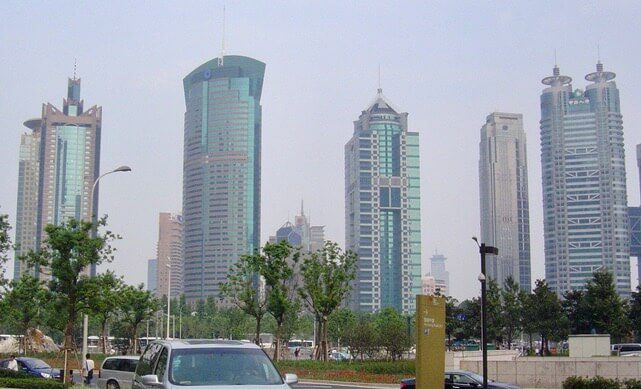
Shanghai, like all big cities, was incredibly crowded. It was the best place for imitations with a fake market that expats loved. It had some interesting museums, restaurants, theatres and stores. International schools from Suzhou often brought their students to Shanghai for theatres and museum visits. In grade twelve, Aditya’s English class was taken for dinner followed by a performance of Shakespeare. They had to wear formals… How Aditya hated his outfit and loved the food and play! Surya was taken on museum visits from school. We often spent our weekends in Shanghai. Or we would make a day trip. People would drive down from Suzhou for concerts. I remember going for an Indian classical concert to Shanghai with Surya’s best friend’s mother, a German musician. She absolutely fell in love with the sitar.
Shanghai also had a couple of nice English bookstores, which we often frequented. They had this underground market downtown where you could pick up anything, from fake caps of the red army to imitation antique and designer watches and magic kits. Once we met a fantastic ‘magician’ who inspired Surya so much that we had to buy his magic kit. It was a fun place to visit.
Visiting Shanghai was like driving down to Johor to do your shopping from Singapore. We even picked up plants and Christmas decorations from there.
There was an overpriced Madam Tussaud’s which we did visit a couple of times. It had wax figures of Einstein, Audrey Hepburn, Sylvester Stallone, popular film and pop stars, world leaders and sports persons. There were regular museums with Chinese porcelain, silks and antiques and also ones showcasing scientific developments and natural history. Visiting Shanghai was like driving down to Johor to do your shopping from Singapore. We even picked up plants and Christmas decorations from there. I remember coming back with a car full of friends sitting in a forest of plants. We would pick up our Indian groceries there as Suzhou had no Indian stores.
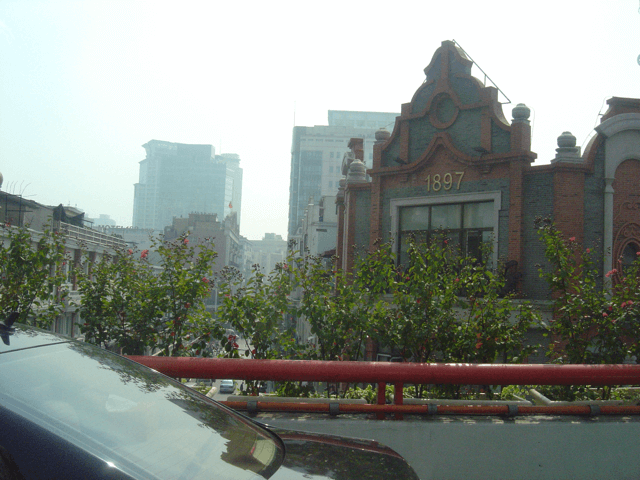
One year, just before starting out for the Indian store in Shanghai, I remember Surya fell into a pond in our first compound while testing the strength of the ice that had formed. That time he was barely five and our driver rescued him and carried him home. I remember that day vividly because we were finishing our breakfast to go to Shanghai. We did go, just a little late — that was all. It was nothing that was so much out of the ordinary for us as Aditya had also fallen into a waterbody earlier within the compound while speeding on his bike. But on the way back Surya was sick – maybe he swallowed the pond water – so we drove to a hospital in Suzhou and got emergency medication. He was alright in a day. It was that easy traveling from one town to another. The distance was just a little over 110 kms.
When we travelled by air, it was mostly from Shanghai. I still recall being caught up in a jam for a couple of hours on our way to Xian. Luckily, we just made it at the last minute and went to visit the Terracotta warriors.
Shanghai seemed huge and impersonal and the expat community was even bigger than in Suzhou.
Adventuring on life was something that we really enjoyed in Suzhou. Shanghai seemed huge and impersonal and the expat community was even bigger than in Suzhou. I do not know if we could have enjoyed the same camaraderie with multiple nationalities there. Living in Suzhou and driving down to Shanghai occasionally seemed a good life.
We lived with nature, frogs and ponds. There is this one incident that I will never forget. It was the repercussion of Surya falling into our fishpond. This is what happened. Our garden had a wooden fence and gate. The boys would often hang around the garden. However, if Surya went to the garden, one of us would be around unless he was with his friends. We were afraid he would hurt himself or have an accident in the landscaped garden. That day, Surya fell into our fishpond while playing with his brother. He got out with Aditya’s help, and while running to the front door, ripped the light wooden gate. He reached the front door and rang the bell. When I opened the door, I found a very wet young man in distress holding a wooden gate almost as tall as himself and shouting and weeping incoherently. It seemed he was so upset that in his distress, the wooden gate came in his way. He just pulled it off the hinges in his need to be solaced. We had to have a carpenter fix back the gate the next day.
Despite my earlier reservations, the fishpond provided us with a lot of entertainment and stories. The year I had purple hyacinths in my fishpond was the same year I had baby kois. The baby kois looked like transparent tadpoles to start with. One day as we sat in the patio sipping cups of tea after lunch, Surya told us we had baby fish! I could barely see them. Then they started developing colours which became brighter and nicer as the fish grew!
I had a fish graveyard in my garden as Surya and Ali, the younger brother of Aditya’s Pakistani British friend, Salim, thought it was cruel to throw the dead kois in the dustbin.
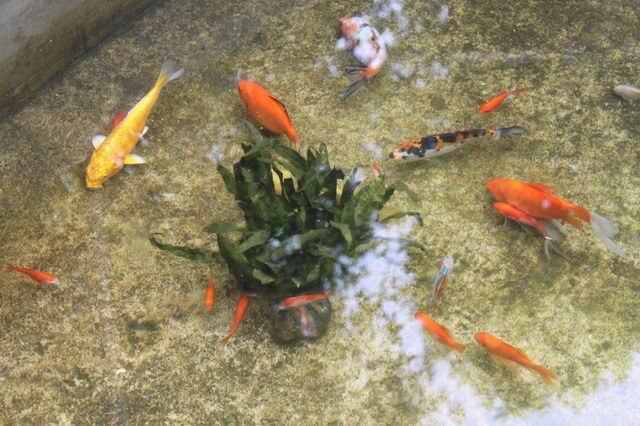
I had many koi fishes in the pond. They died every now and then. Most of the time, I found the dead fish in the morning when the children left for school and disposed it off in the rubbish bin in a plastic bag. In case they were spotted by Surya and his hordes, we had to ‘bury’ them. I had a fish graveyard in my garden as Surya and Ali, the younger brother of Aditya’s Pakistani British friend, Salim, thought it was cruel to throw the dead kois in the dustbin. That is why we would have ritualistic fish burials.
On the side of my garden, where the grass always died due to lack of sunshine, we had a fish graveyard where solemn funerals were held by children from many parts of the world: Finland, China, Germany, India, Pakistan, Britain. I remember Salim’s mom presiding a ‘burial’ with words of peace and prayers for the dead fish and drawing a cross in the air at the end of the solemn ceremony with young gentlemen in the age range of five to eight! We also had a cross made of twigs over the grave. What surprised me through our tenure in that house is the cats never dug up the dead fish buried in the graveyard, whereas they did prowl around the fishpond in hope of dinner. However, the pond was too deep for them to get their dinner.
The other visitors to our pond were often frogs that jumped in! We had to ‘rescue’ them with a fishing net eventually as the pond was too deep for them to jump out. My ayi (literal translation, aunty, or housekeeper) said her mother fried fat frogs for her to snack when she was small. It seems she used to catch the frogs and take them to her mom! However, she assured us she did not partake of frogs anymore as she had plenty to eat. In Bengali folklore we have a story about a king who ate fried frogs (raja khaye baang bhaja). I know frog legs is a delicacy which I have never had the guts to savour, though my husband said they taste like chicken! Surya loved frogs too much to think of them as culinary delights. We did have tiny frogs under his playroom window too at a point. They were the size of coins and yet I think fully grown. Let’s call them pygmy frogs.
In our earlier compound, every now and then, children would spot snakes. And the security and our driver would go on a witch hunt for the snake — which I heard would enrich their dinner plates eventually.
In our earlier compound, every now and then, children would spot snakes. And the security and our driver would go on a witch hunt for the snake — which I heard would enrich their dinner plates eventually. Hearing of such eating habits, I am reminded of tribal habits from Nagaland. They too eat rodents. Is it that extreme poverty nurtured these habits? For us, who have moved into towns and can afford more, the best fish and fowls are flown in to tempt our palates. But these people like hunter-gathers or early farmers still perhaps depend more on nature than supermarkets for their sustenance. I have always wondered while we like to ‘preserve’ ancient cultures and practices, would we like to go back to nature and spend all our time looking for sustenance and have no access to leisure or medical facilities and accept dying early and without medical support for ourselves?
In Homo Deus, Harari does talk of recent research going into making us ‘amortals’ or beyond death, unless by accident. He tells us: “Even if we disregard the fate of slum-dwellers, it is far from clear that we should be aiming at immortality, bliss and divinity. Adopting these particular projects might be a big mistake. But history is full of big mistakes. Given our past record and our current values, we are likely to reach out for bliss, divinity and immortality – even if it kills us.”21
And it was this “big mistake” which did kill Shi Huang Di in 221 BCE32. It is said he died looking for the elixir of life.
And it was this “big mistake” which did kill Shi Huang Di in 221 BCE32. It is said he died looking for the elixir of life. We are told he sent a bunch of boys and girls to look for the Penglai mountains, the legendary hilly heaven where the eight immortals resided and where they would find the elixir of life. The mountain had trees made of gems and palaces made of gold and platinum. Food and drink were free-flowing. There was no winter and no disease. The young people who were sent on the quest found their way to Japan and stayed there.
And yet, more than two thousand years later, we still talk of the same dream. While mankind has moved towards technological progress, have we evolved enough as a species to savour and enjoy the fruits of historical breakthroughs?
“If winter comes, can spring be far behind?”
— Ode to the West Wind by Percy Bysshe Shelley, 1819
References:
1 https://www.britannica.com/place/Shanghai/History
2 https://www.starwars.com/databank/coruscant
3 https://www.britannica.com/place/Kolkata/Capital-of-British-India
5 http://www.combinedfleet.com/International_t.htm
6 https://www.britannica.com/topic/Opium-Wars
7 https://www.britannica.com/biography/Sun-Yat-sen
9 Three Daughters of Madame Liang by Pearl S Buck, Beaufort Books 2011 ( first published –1969)
10 https://www.britannica.com/topic/Nationalist-Party-Chinese-political-party
11 https://oftaiwan.org/history/white-terror/
12 https://www.history.com/topics/china/cultural-revolution
13 https://en.wikipedia.org/wiki/Propaganda_Poster_Art_Centre
14 https://www.differenttruths.com/humour/chapter-3-the-great-wall-of-china-and-beijing-v/
16 https://www.politico.com/story/2019/01/25/trump-shutdown-announcement-1125529
17 https://www.history.com/topics/american-revolution/boston-tea-party
18 https://www.history.com/topics/american-civil-war/american-civil-war-history
19 https://www.aljazeera.com/news/2020/12/12/indias-modi-says-government-committed-to-farmers-welfare
20 https://www.nytimes.com/2020/04/17/us/politics/trump-coronavirus-governors.html
22 https://www.ft.com/content/19d90308-6858-11ea-a3c9-1fe6fedcca75
23 https://study.com/academy/lesson/the-bund-shanghai-history-facts.html
24https://www.reddit.com/r/todayilearned/comments/32plti/til_that_the_concept_for_coruscant_the_city/
25 https://www.flickr.com/photos/ollyd2311/2791734614/
26 https://www.travelchinaguide.com/attraction/shanghai/oriental_pearl.htm
28 Shanghai stampede: 5 things you may not know about the Bund
29 https://www.theatlantic.com/china/archive/2013/11/shanghais-forgotten-jewish-past/281713/
30 https://en.wikipedia.org/wiki/Shanghai_Russians
31 https://www.travelchinaguide.com/attraction/shanghai/urban-planning-exhibtion-hall.htm
32 Terracotta warriors by John Man, Bantam Press, 2007
33 https://www.washingtonpost.com/dc-md-va/2021/01/06/dc-protests-trump-rally-live-updates/
34 Ping Pong Diplomacy by Nicholas Griffin, Simon & Schuster, 2014
35 The Naked Sun by Isaac Asimov, Bantam Books 1991, (first published as a serial in a magazine in 1956, as a book in 1957)
Photos by the author and visual by Different Truths

